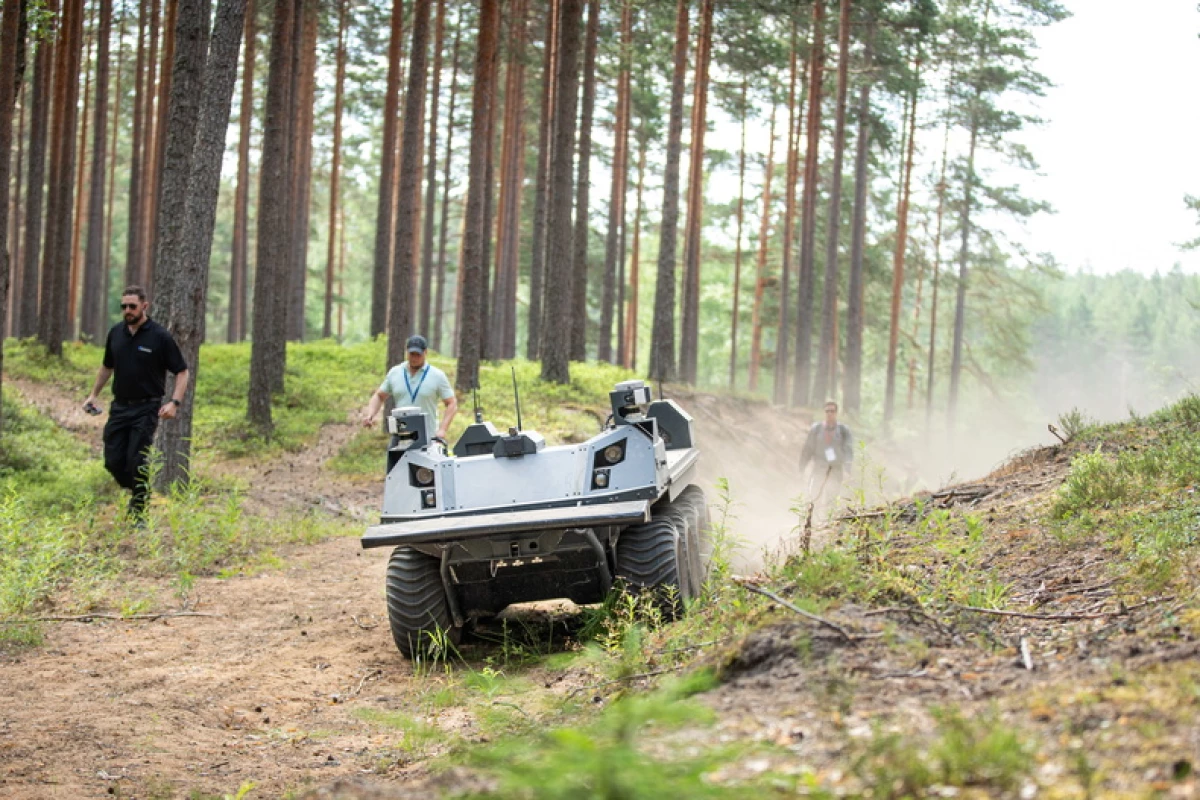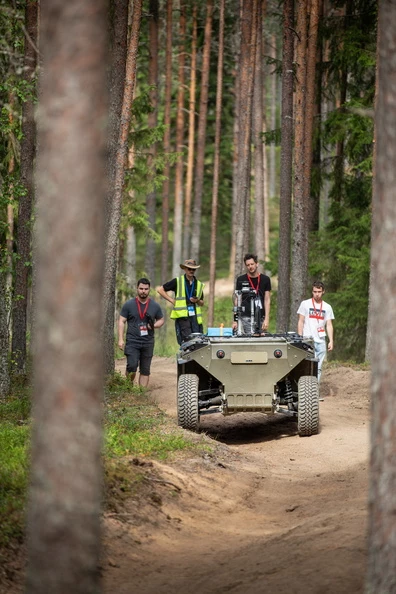In a preview of tomorrow's robotic battlefield, the Estonian Military Academy has completed what is billed as a comprehensive first-of-its-kind autonomy trial of Uncrewed Ground Vehicles (UGV) from 11 international developers from nine countries.
Military robots have many obvious applications that it's no wonder so many nations are interested in their development. This is especially the case as robots move away from being remotely controlled platforms to truly autonomous machines that can evaluate situations for themselves and come up with solutions on their own.
Such robots would be more than the tiny tanks with guns and rocket launchers mounted on top of popular imagination. They could be sent into dangerous environments without risking a human life. They could also close the notorious last mile between supply lines and soldiers at the front, which currently relies on lugging food, ammunition, and equipment on someone's back over broken ground. They can even free up thousands of personnel from mundane duties like driving trucks in favor of more important tasks.

However, developing such robots is more of a marathon than a sprint because they must gradually become capable of handling all the complexities and ambiguities of the real world. For this reason, the Estonian Military Academy under the supervision of defense and autonomy specialists from Finland, Germany, the Netherlands, Norway, Sweden, and the UK recently carried out a series of trials over a two-day period.
The participants put their machines through increasingly difficult tests that included operating on roads, off road, and in dense forests. The robots had to autonomously navigate, plan routes, carry out point-to-point maneuvers, and avoid obstacles. In addition, they had to demonstrate the ability to work with human team members.
"Participating platforms are not ranked, but in cooperation with an international team consisting of specialists in the field, reports are prepared after the event, through which the defense force, partners and participating companies can receive extensive feedback and input on the latest developments of unmanned ground systems," said the project coordinator Markus Decision. "The event has been put together over the past year under the leadership of the Defense Academy and with the support of partners from Germany, the United Kingdom, Finland, Sweden, Norway and the Netherlands. Almost all major players in the field of unmanned ground systems in Europe are present, but we have also been joined by companies that are introducing their platforms to the general public for the first time."
The video below shows some of the robots in action
Source: Estonian Military Academy








